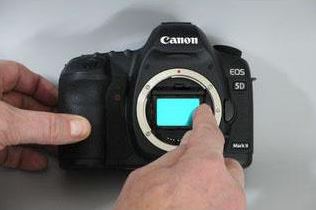The leaves and prices are falling this autumn!
You can find our colorful selection of special offers here in the shop. Get them now!
The offer is valid from September 23rd to November 28th, 2024 and only while supplies last!
The leaves and prices are falling this autumn!
You can find our colorful selection of special offers here in the shop. Get them now!
The offer is valid from September 23rd to November 28th, 2024 and only while supplies last!
The new filters in the MaxFR range are optimised for astrophotography using very fast telescopes, such as the Celestron RASA scopes or the Takahashi Epsilon astrographs.
Astronomik has made these filters available for the three most important spectral lines, namely OIII, H-alpha and SII, each available in half widths of 12 and 6 nanometres.
When you observe beneath brightened skies, astrophotography with line filters provides you with the best opportunties to capture successful images. Generally, an H-alpha filter is the first sensible purchase: Using this filter, you can effortlessly capture detailed images, even during the full Moon or beneath heavily brightened skies! It is also the correct filter for all nebulae which emit red light.
The OIII filter significantly increases your options as it enables all green/blue structures to be captured in detailed and high-contrast images. Planetary nebulae and star formation regions are especially rewarding targets!
The SII filter then completes your filter set, and enables you to create the same colour photographs as the Hubble Space Telescope using the three channels!
Which half width is right? In short, the use of 12 nanometre filters is ideal for DSLR cameras and all dark-current-limited cameras. Further suppressing the sky background using a narrower half width does not create more detail with these cameras. The 6 nanometre filters are the right choice for locations with more light pollution and for cameras with extremely low dark current, for example cameras with very good cooling. Especially in very starry regions of the Milky Way, the 6nm filter can also capture weak objects in high-contrast without them becoming lost in the mass of stars.
You can find an overview of all filters in the range here.
Northern German company Astronomik is a specialist for astronomical filters for astrophotographers or purely visual star gazers. Clip filters are a special innovation of Astronomik. These filters have a special mounting shape, which allows them to be placed directly into a DSLR or system camera – without using any tools!

Astronomik currently offer clip filters for:
The camera mentioned last is designed with extremely high sensitivity. We offer this camera as a specially astro-modified camera. For more information please follow this link: Sony Alpha 7s Astro.
For APS-C Format EOS cameras from Canon, Astronomik have now developed a new series. A special feature of these new XT filters is the very thin carrier with a thickness of only 0.3 mm, to which the filter layer is applied. When using filters with thicker glass carriers, image faults may become visible in the corners of the photos. Stars appear slightly dash shaped. This can be particularly noticed when using short focal lengths. So if you would like to use a Canon EOS with the camera lens on a camera mount to take wide angle shots of the night sky, an XT filter might be the right investment.
XT filters are available in the usual versions, from CLS to H-alpha all the way to SII filters. For novices we especially recommend the CLS filter, which suppresses artificial light pollution.

The red transmission curve reveals: The CLS filter blocks the light from the yellow street lamps.
By the way: Removing a clip filter from the camera housing is just as easy as putting it in.